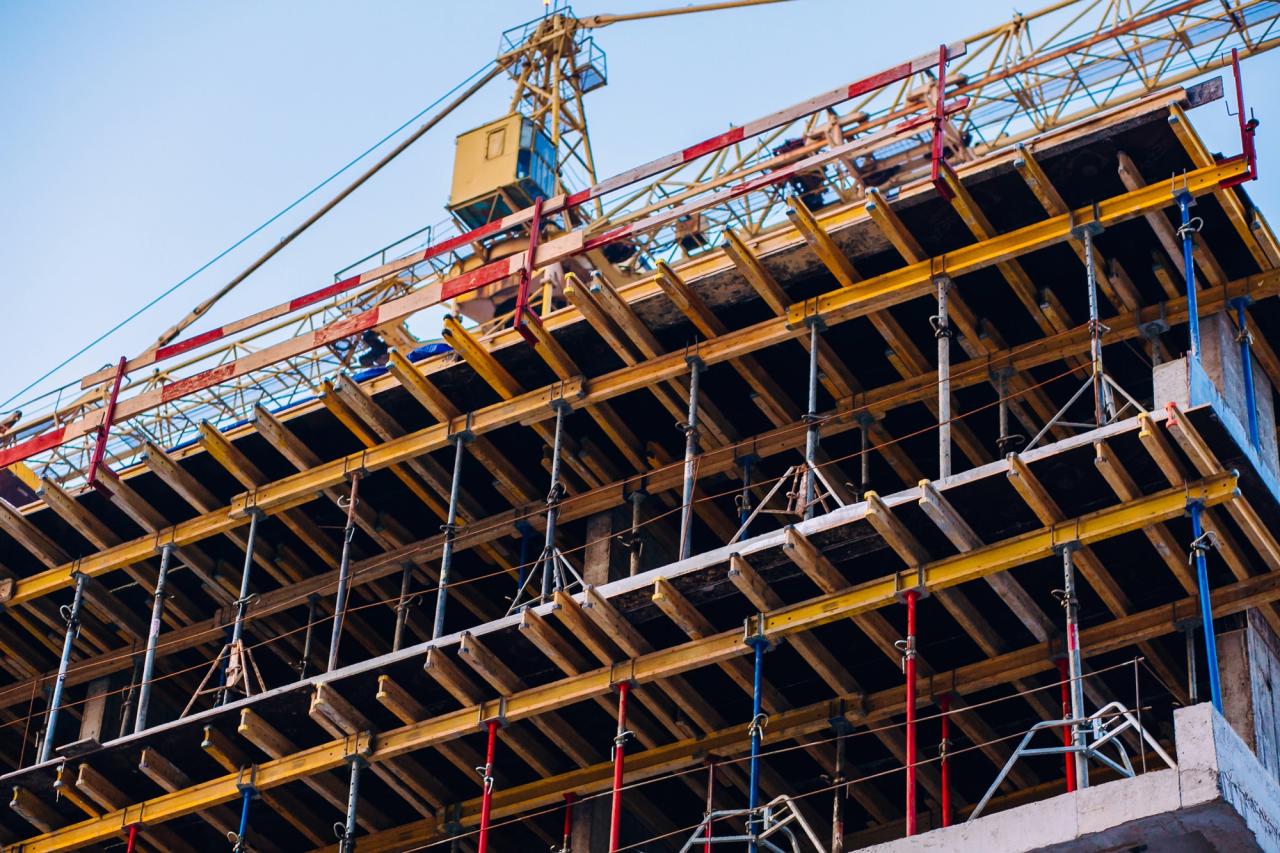The reason big data has garnered so much attention in recent years is that it not only is relevant across all industries but its value in terms of application in the digital age is almost limitless.
Take the construction industry, for example. In this sector, as in others, useful data comes from everywhere—from previous construction projects and design plans to the buildings themselves to machinery and supply chains, to cranes and earthmovers, and of course the accounting department, payroll, and the actual workers on the job site.

Most of this data, however, is unstructured and pulled from traditional information systems. What makes it big is by harnessing it via efficient management and analysis. This is the essence of big-data analytics.
To further expand on why big data is so crucial, we look at some ways in which it’s already contributing to major innovation in the construction industry through its various phases.
Design phase
Big data is already transforming the construction industry even as early as in the design phase. There’s a lot of useful information out there that when harvested and applied properly can facilitate the design process, and this includes:
- Stakeholder input
- Social media/email discussions
- Environmental info
- Historical data
Taken together, data from all of these channels can tell a developer the optimum locale for his or her new building project. Moreover, with a proper big-data analytics tool in place, it can analyze the above information and put it to good use. It can determine probabilities and patterns that will help forecast any pitfalls that may plague a given construction project in the immediate or even distant future.
Read more: Infographic – Is Big Data the most trending thing in construction?
Moreover, once this data is fed back into a solid Building Information Modeling (BIM) program you can get an even more vivid and accurate overview of the building process. Big data/BIM integration is worth paying attention to, as the long-term benefits are too good to pass up. As shown by a recent case study, data-driven BIM can cut construction expenses by 18% and reduce completion time by up to two weeks.
And we’re not talking about merely getting a clearer picture of a construction project. It would even be unfair to call it a 3D view of the process. No, what big data and modern BIM systems allow for now is what’s being called “5D BIM.” That’s a five-dimensional overview of the physical and functional characteristics of any construction project. It integrates all file systems and allows for full collaboration
This is where it all comes together to create the conditions necessary to see the savings in cost and time mentioned above. The efficient BIM workflow that results from big data analysis allows developers and the QS/estimator to put together more accurate budgets. These budgets are the blueprint for superior planning and a better understanding of timelines and costs.
Construction phase
Above we touched on the point that environmental info plays a role in the design phase, but it, of course, plays a role in the build phase. Especially if the big data in question comes from weather patterns and meteorological reports. Not only that, but information derived from community and business activity as well as traffic conditions, when properly analyzed, can tell developers the optimal time to commence construction activities and at which precise stages.
That’s one application. Another comes in the form of the technology used to harvest this data. This is where sensors come into play. One example is sensor-data from instrumented machinery. Having these devices attached to on-site operational equipment generates a wealth of information about how developers are using their time.
Sensor input can show the idle and active times of construction machinery, thus showing developers how best to boost fuel efficiency as well as telling them whether it’s more cost-effective to buy or lease such machinery. Also, geo-location sensors can help improve logistics and avoid downtime.
There are real-world examples of builders using not only sensors but telematics (telecommunications integrated with communications and information tech) to generate the data required to boost operational efficiency. There are already onsite development companies uses telematics data as well as information from GPS devices to monitor data points on its machines like cycle time, idle time, productivity, and more.
Find here: We need to collect more data and it goes through digital adoption
This all goes to the heart of an ongoing issue in the construction industry: productivity. In construction, productivity lags behind other business sectors, like manufacturing, for a number of factors. These include:
- The temporary nature of most job sites
- Changing jobs and plans on a frequent basis
- Issues with planning, logistics, and communication
The above-mentioned technology is already helping the construction industry to overcome these hurdles. Also, sensor-enabled wearable devices have the added benefit of improving workplace conditions. Not only can these sensors monitor environmental conditions that affect workplace safety, but biometric sensors within the wearable can monitor the health of the workers.
To put a finer point on it, in the construction industry, a whopping 35% of total costs are due to redundancy, waste, and remedial work. If big data analysis, sensors, and BIM tech can reduce that figure to single digits, then that would certainly qualify as a transformation with incredible benefits.
Operational phase
Continuing with the above point, data-gathering sensors now have an important role to play in the operational phase as well. Information gleaned from sensors installed in buildings, homes, bridges, etc, allows for better facility management. Sensors can track data derived from the inner workings of the building in question, be it foot traffic, energy usage, or internal temperatures.

This data can be harnessed to more efficiently manage energy usage in office parks and shopping malls. It’s able to record traffic stress info and flexing in bridges. Then, by feeding this data back into your BIM system, you can rely on highly accurate modeling to help create a firm schedule for the various maintenance activities in your buildings.
Big data, the construction industry, and the future
We’ve discussed how big data is transforming the construction industry now, but to truly understand its potential we must look to the future. What does the landscape look like down the road? How will big data and technology further merge?
Well, according to a report from Global Construction Perspectives and Oxford Economics, the construction industry will grow 85% to 15.5 trillion by 2030. The challenges that will result from this will be immense, from ensuring a supply of skilled labor to utilizing new technologies like augmented reality, to drive efficiency. And it’s big data that
Conclusion
Don’t let the word “big” fool you. As industries accumulate more and more information, that data does indeed get bigger, but so does the necessity to condense it into manageable bites. In the construction industry, this means distilling the information down to its most essential and valuable insights.
You want to use the data to glean up-to-date project info; you want to use it to predict when specific events will occur and better forecast building events, and above all else, you want to see exactly which factors are affecting profits that are increasing or decreasing. In short, you want to use it in the ways already mentioned above.
About the author: Ryan Gould is Vice President of Strategy and Marketing Services at Elevation Marketing From legacy Fortune 100 institutions to inventive start-ups, Ryan brings extensive experience with a wide range of B2B clients. He skillfully architects and manages the delivery of integrated marketing programs, and believes strongly in strategy, not just tactics, that effectively aligns sales and marketing teams within organizations.





